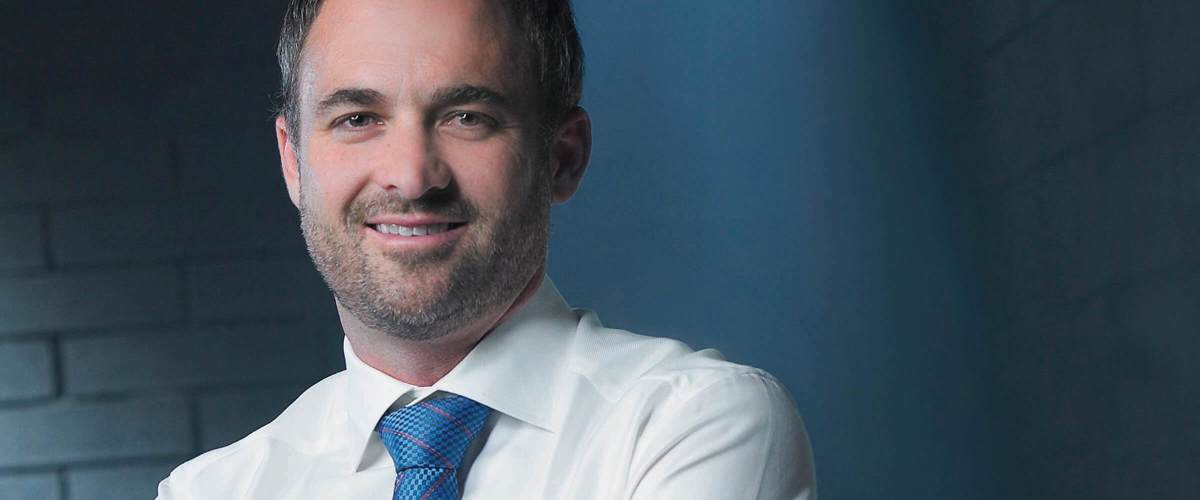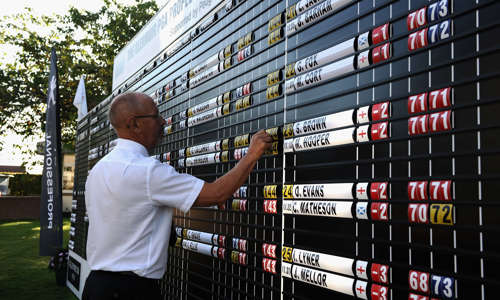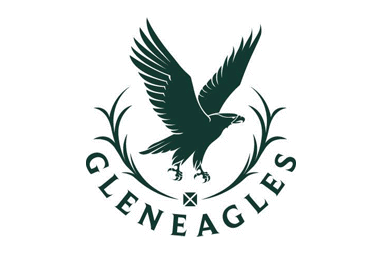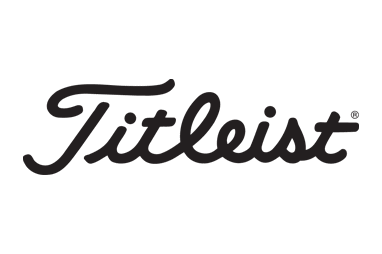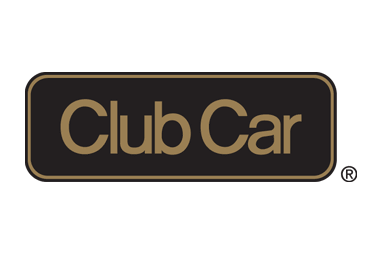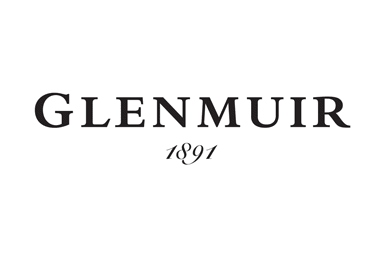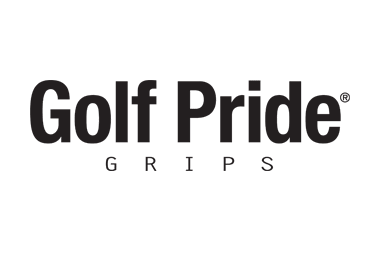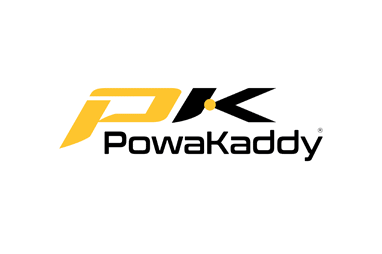Have you heard about The PGA's Business Management Group (BMG)? It was created for all those working or volunteering in golf, with a clear aim of bringing the industry together. It is now entirely free to join and is open to absolutely everyone in the game.
CLICK HERE to find out how you can become a BMG member.
…The man Lisa succeeded
I've always sought John’s advice. He was a very wise guy who did a great job running Europe for over 20 years. John was someone we brought in from the outside, and I think, for all but like two years, we had year-on-year growth, which in the golf industry is unheard of. To always be able to count on a solid number from Europe was awesome. He did a great job of planning his retirement, as he phased out.
The great thing with John is he's still on the Ping Europe board so he's still involved in a limited way. I think he did a great job of retiring and actually retiring – we have a lot of people who retire who don't really retire. He actually retired, but we can still tap into his wisdom. It's great to have him still involved in that sense.
…How form and function meet in a Ping golf club
From my time in Japan and Asia, one of the big differences is, if you go into a retail store, they pick it up by the head and they get really close to it. They are way into the details.
I'm not an expert in Europe, but I think they're more like the US, where they grab a club by the grip, look down and give it a waggle. 'How's it look from there?'
But, at the end of the day, they hit it and they choose a product that works as well. They are into cosmetic standards and the finish. They've helped us because we've implemented that whatever is good enough for Japan is good enough for the rest of the world. It's not like we have a higher quality standard for Japan – it's the same. But we definitely did have to raise our quality standard to have success in Japan. They're not as serious golfers as especially in the UK and US, but they still have launch monitors, and if you can't hit the club, you don't buy it, or if you buy it, you're going to buy something different in probably a different brand the next time. That's been our key over there – we fit and show them on a launch monitor and on the driving range how our product works better for them. And you end up having more fun when you're hitting more fairways and greens and making some putts for pars and birdies.
…Looks being more important than in Karsten’s day
That is something I could say I brought. We didn't have any industrial designers in engineering. I remember hiring our first one. And now we got a whole department of five people at least. It's more than just cosmetics. It's functional cosmetics. They work with the engineers on how we show the technology in the golf club. Golf is all about confidence, so when the purchaser sees these tungsten weights, then they feel the forgiveness. They can see it and it turns into confidence over the golf shot.
…on whether customers are at the limit of what they're prepared to pay for equipment
That's a good question. I can say inflation is real. The costs have gone up on everything – grips, shafts and on top of that freight. That’s not just freight going to the consumer, there's also freight bringing everything to our factory to build it. As well as our employees – we've given out very hefty raises to help our employees keep up with inflation.
It's a tough thing to do. Because once you start going, and we're talking general economics now, the prices go up here, and everything goes up here, and now we’ve got to give everybody pay rises. It's tough to control.
Our goal is not to be above inflation. Obviously, we've got to keep up. But there's no intent on our part to over-inflate the cost of our golf clubs.
…the aftermath of the pandemic boom
I'm actually excited that golf had its pandemic boom and that things are settling down to get back to the basics of developing good product, delivering it and battling for market share. I feel like we are really good at competing on product performance and not just what the supply chain can provide. I would say that what the pandemic did is shut some industries totally down and turbocharged other ones. We were fortunately one that got turbocharged, but I think there's going to be a slowdown as aeroplanes and hotels and all that travel goes up.
I'd like to think we created more golfers, so we've got a higher base. We're going to be 20% higher than when we were in 2019.
A lot of people did have hard times, but a lot of people kept their jobs, worked from home, and went on savings plans, and then the Government sent them money. And they're like, 'well, I'm working from home, so I'm golfing twice a week, and I want to buy new golf clubs'. That kind of free business, I would say, is going away. I like going back to the old world where we have to work hard to get market share, develop better product, and give fair value. And that's how we gain market share long term.
…Possible changes to the way the golf industry operates in terms of importing products from the Far East
Supply-chain, management-wise, a lot has changed. I would say there's been a diversification of risk rather than single sourcing, particularly in different countries. We do as much as we can in the US, but a lot of the stuff we buy, you just can't get in the US. The same goes for the UK. We try to buy locally where we can.
I would say it's definitely changed. What they called lean manufacturing – or just-in-time inventory – everybody's taking another look at that. Maybe we need a little more than just in time in case the shipments don't come in. In the perfect world, you get vertically integrated but then you're really at risk of obsoleting yourself technology-wise, because if somebody else comes out with something, and you're committed to this technology, it makes it really hard to leave what you're invested in and go to a different technology. So there are pluses and minuses, and we're still learning and evolving. Overall, we did a really good job of keeping a steady flow of product going out through the whole time. We could have shipped more, but I would say we did a pretty good job raising shipments by 20, 30 even 40% and never totally running out. So, yes, people wanted them more quickly, but the nice thing was our consumers were a little more understanding that this is not just incompetence by the company. This is a worldwide issue that people just can't get everything they need.
GBQ is a benefit of the Business Management Group. Exclusive to those who sign up to BMG Plus and BMG Premium options, GBQ is available both digitally via the members' area of The PGA website and is mailed out each quarter.
CLICK HERE to find out how you can join The PGA's Business Management Group.

